The U shape will help prevent freezer burn
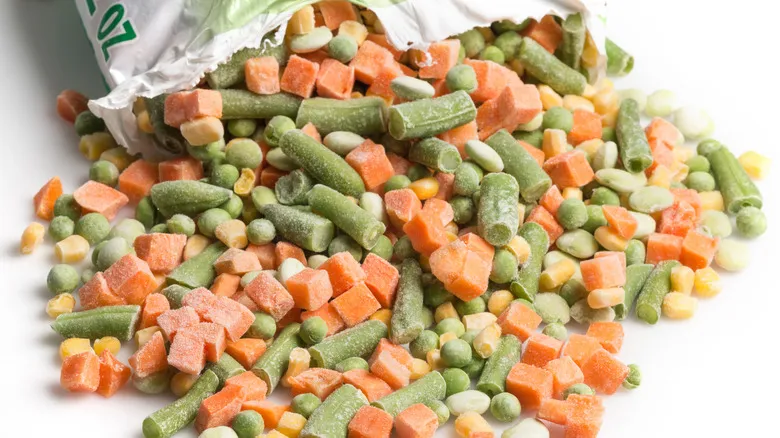
Frozen vegetables are among the best investments you can make. They are packed with nutrients, have a long shelf life, and are easy to store—provided you do it correctly. However, one drawback of frozen foods is freezer burn, which can occur if they are not stored properly. This happens when food is exposed to the dry air in the freezer, causing it to lose moisture. While eating freezer-burnt food is safe, it can alter the flavor and texture, resulting in vegetables that taste inferior.
To avoid freezer burn, check the top of the bag. Create a hollow space in the center by cutting about 2 inches in from each side. This will leave the sides of the bag intact while forming a "U" shape in the middle. The vegetables can easily spill out through this opening, allowing you to tie the longer sides together. When you tie it, make sure to squeeze out any remaining air in the bag. This method of storage is much more effective than simply folding the bag over and hoping for the best.
@simplelivinnus
No more mess and spills! ? – #hacks #tips #homelife #homehacks #veggies #chipsbag #chips #homechef #momoftiktok #foryou
? original sound – Link in bio!
Frozen vegetables have as many benefits as fresh ones
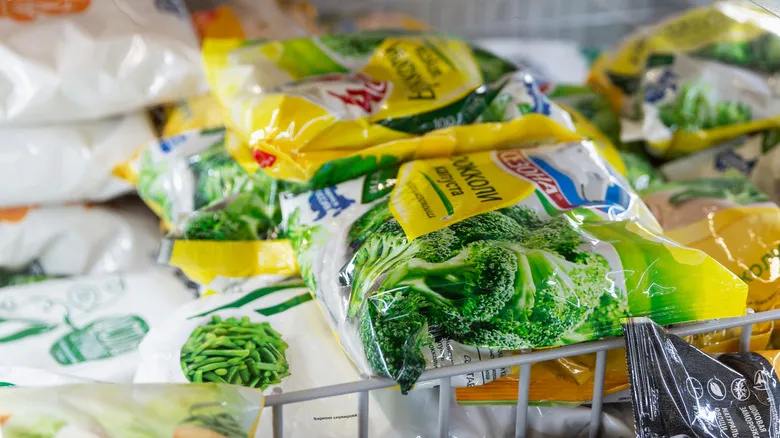
While you may have heard that frozen vegetables aren't healthy, that notion is actually unfounded. Most frozen veggies are quite tasty (though there are a few that shouldn't be frozen), and they are just as nutritious as their fresh counterparts. They are harvested at peak ripeness, quickly blanched to preserve their quality, and then frozen to lock in their nutrients. If stored correctly, these vegetables can last for months in the freezer, and you might even be able to keep them for up to a year.
For added protection, consider placing your tied bag of vegetables inside a freezer-safe, resealable bag if you plan to store them for an extended period. The longer vegetables stay frozen, the more prone they are to freezer burn, so using a resealable bag can provide an extra layer of defense if you intend to keep an open bag for several months. Other options include storing the tied veggie bag in a freezer-friendly container or wrapping it in plastic wrap or aluminum foil. The less air that can reach the food, the better. However, if you’re using the frozen vegetables within a short timeframe and following the "U" method, these additional precautions may not be necessary.
Recommended
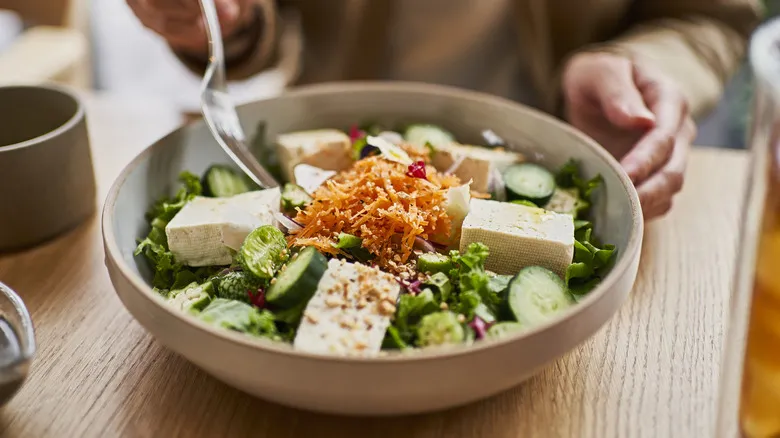
How Long Tofu Still Tastes Good After Opening

The Easy Hack To Keep The Temperature Down In Your Cooler
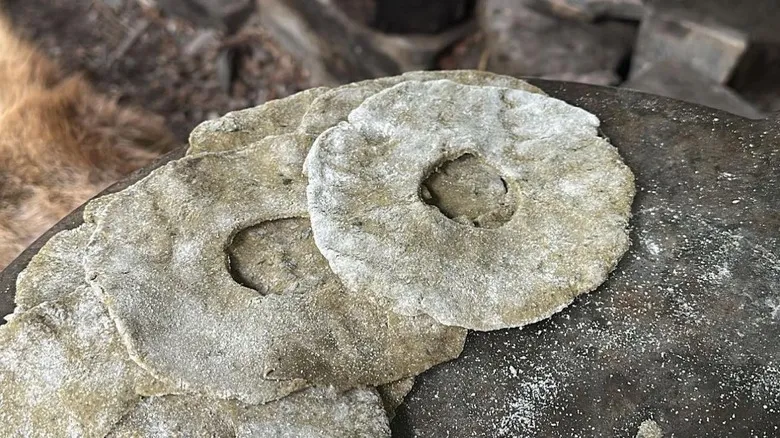
How Vikings Stored Their Bread And Why It Worked
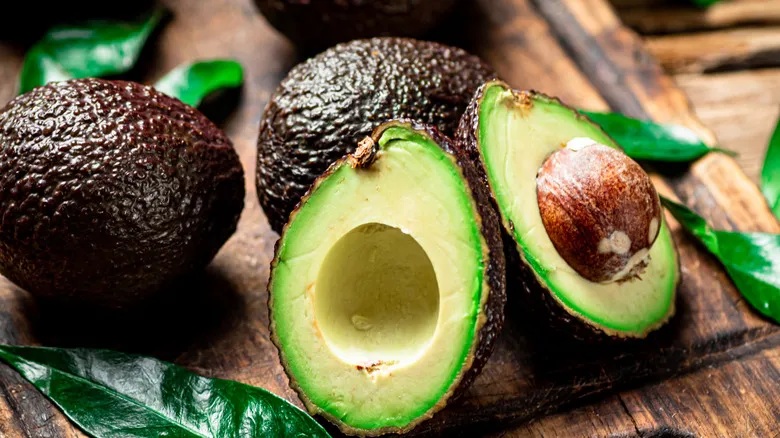
The Avocado Ripening Hacks You Shouldn't Trust
Next up

